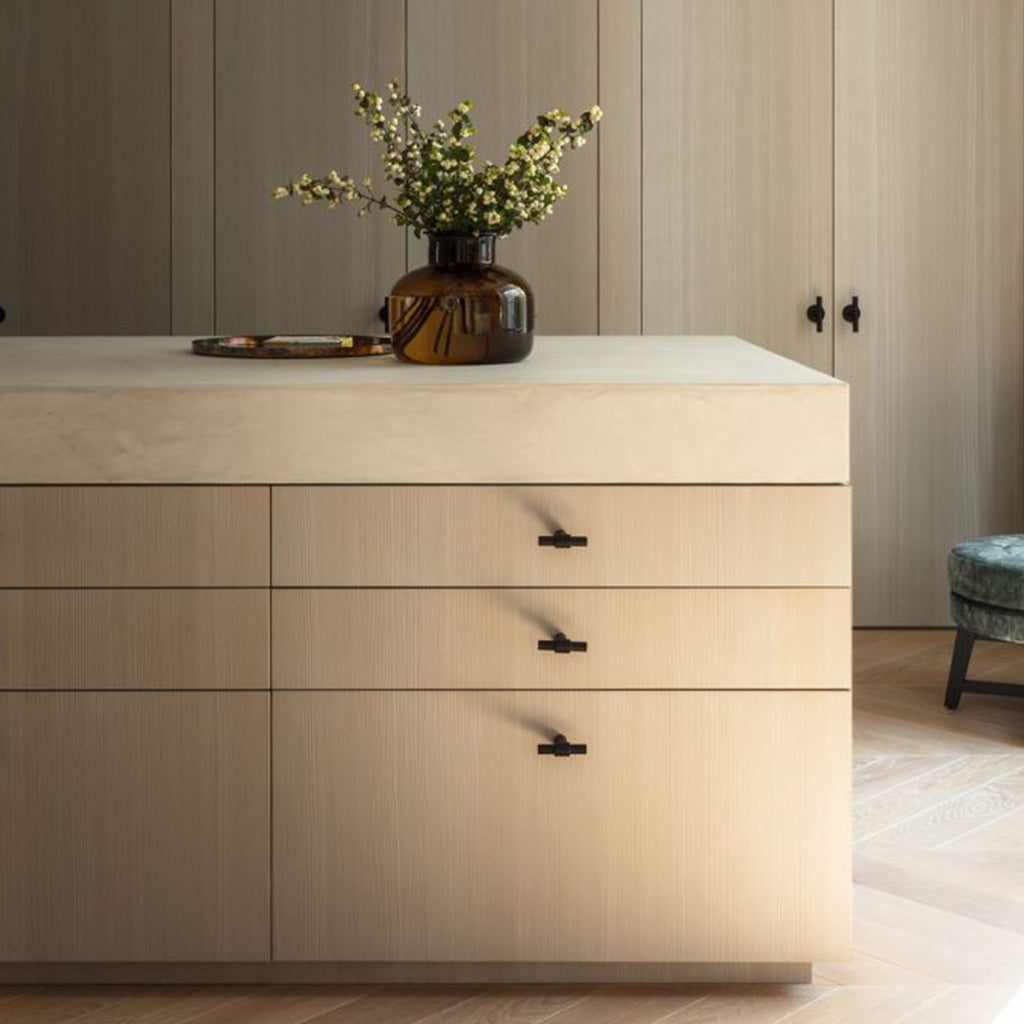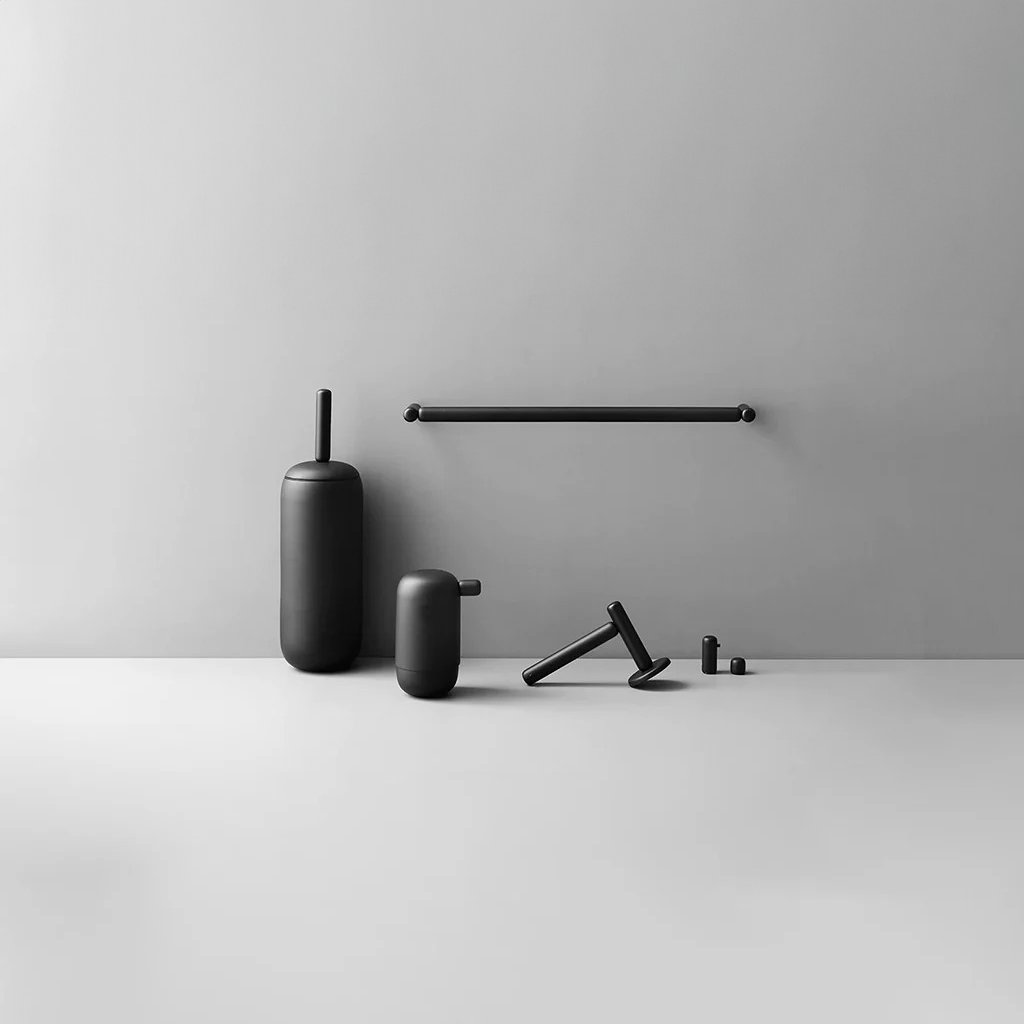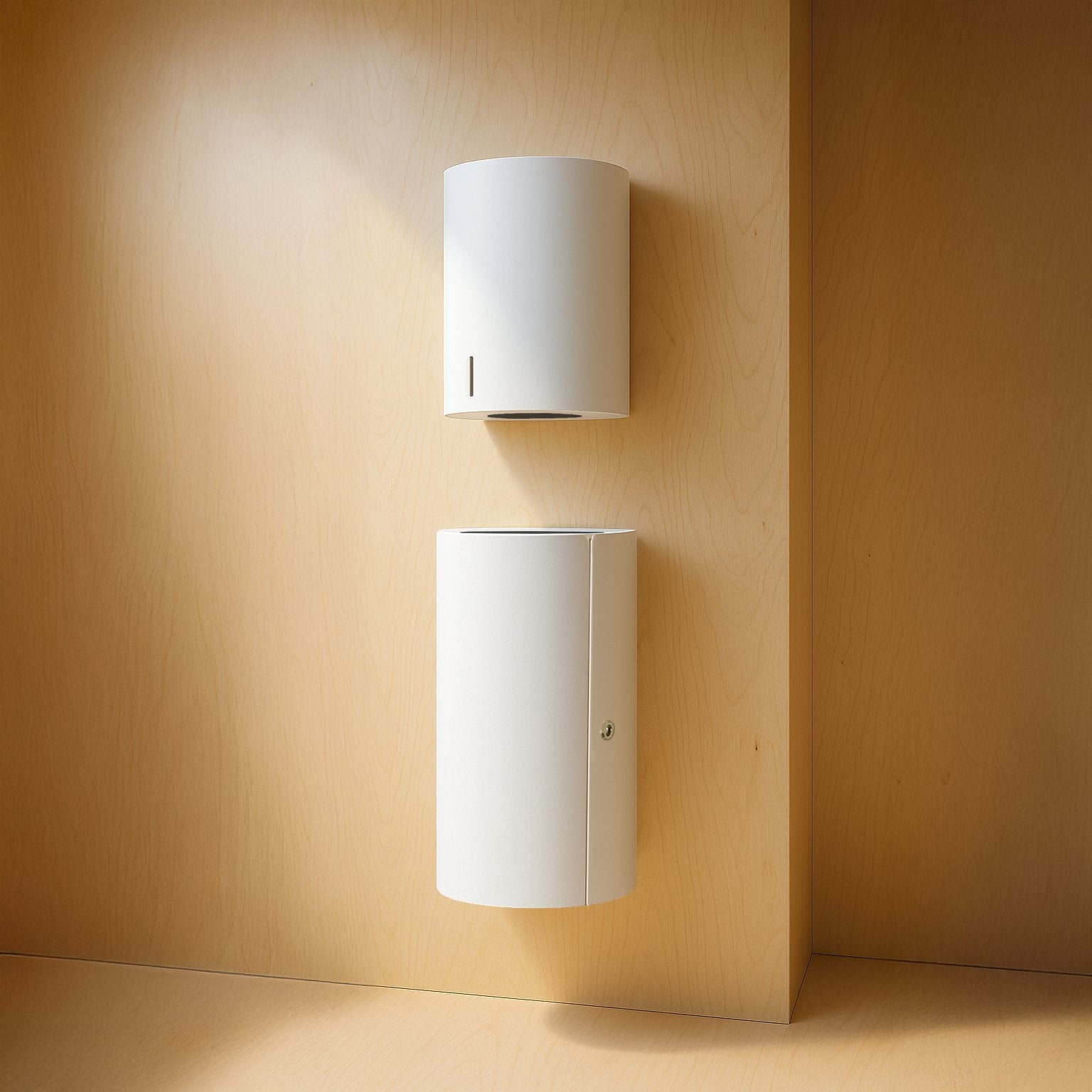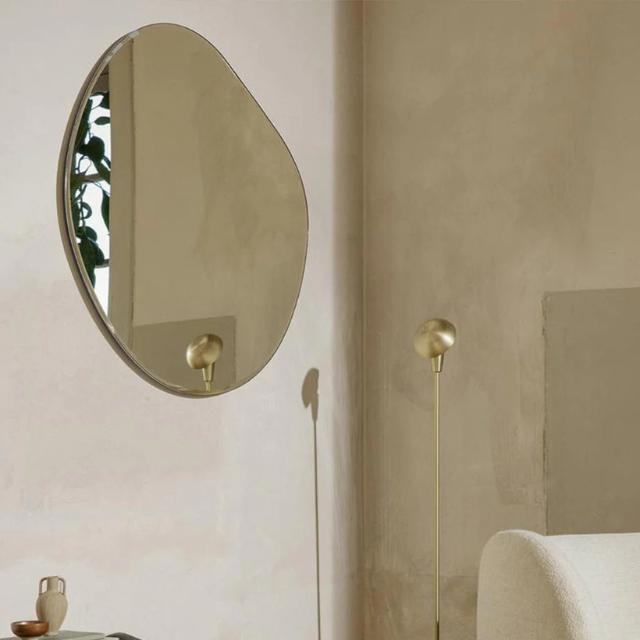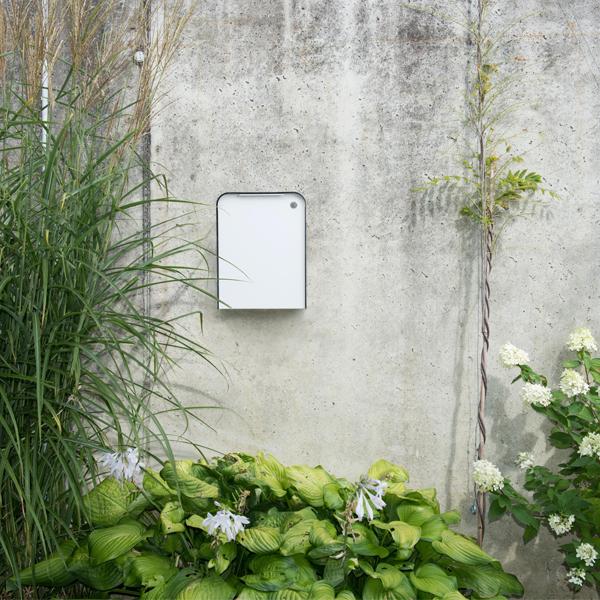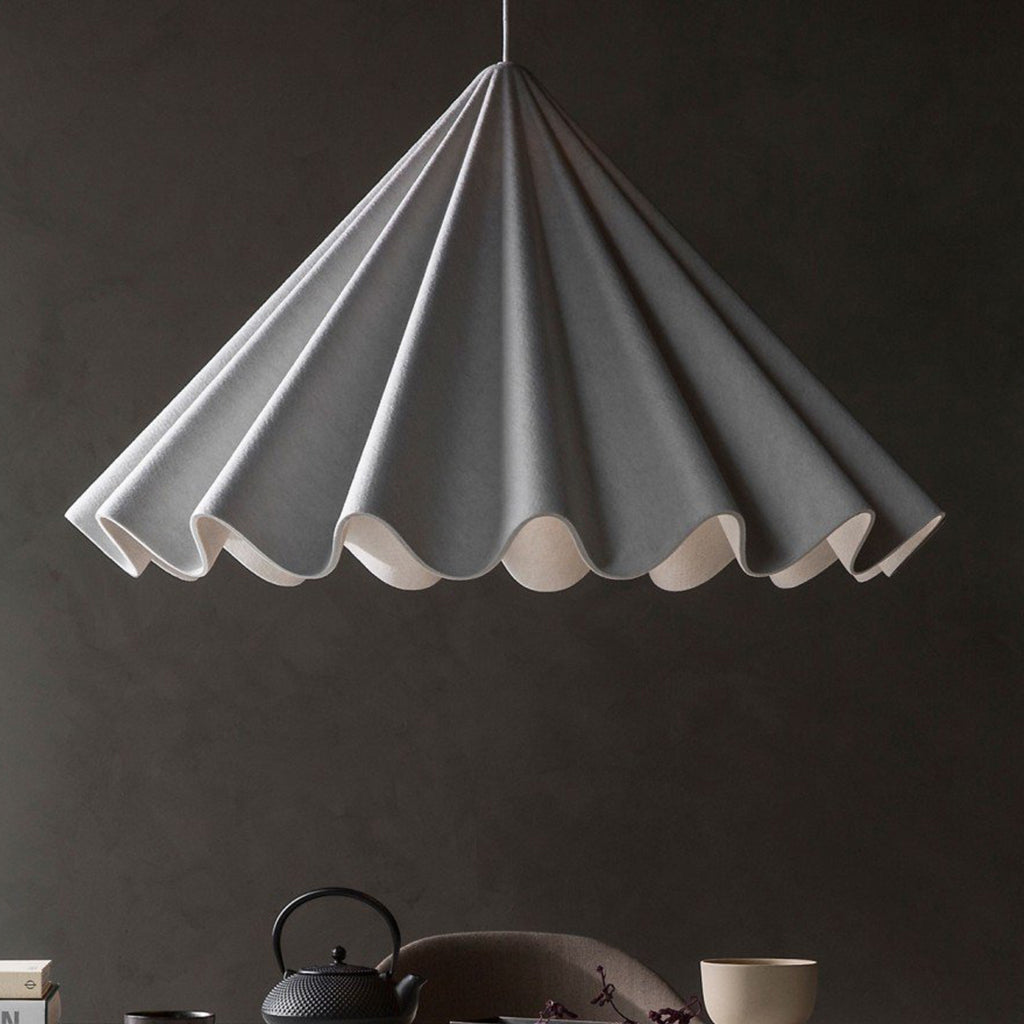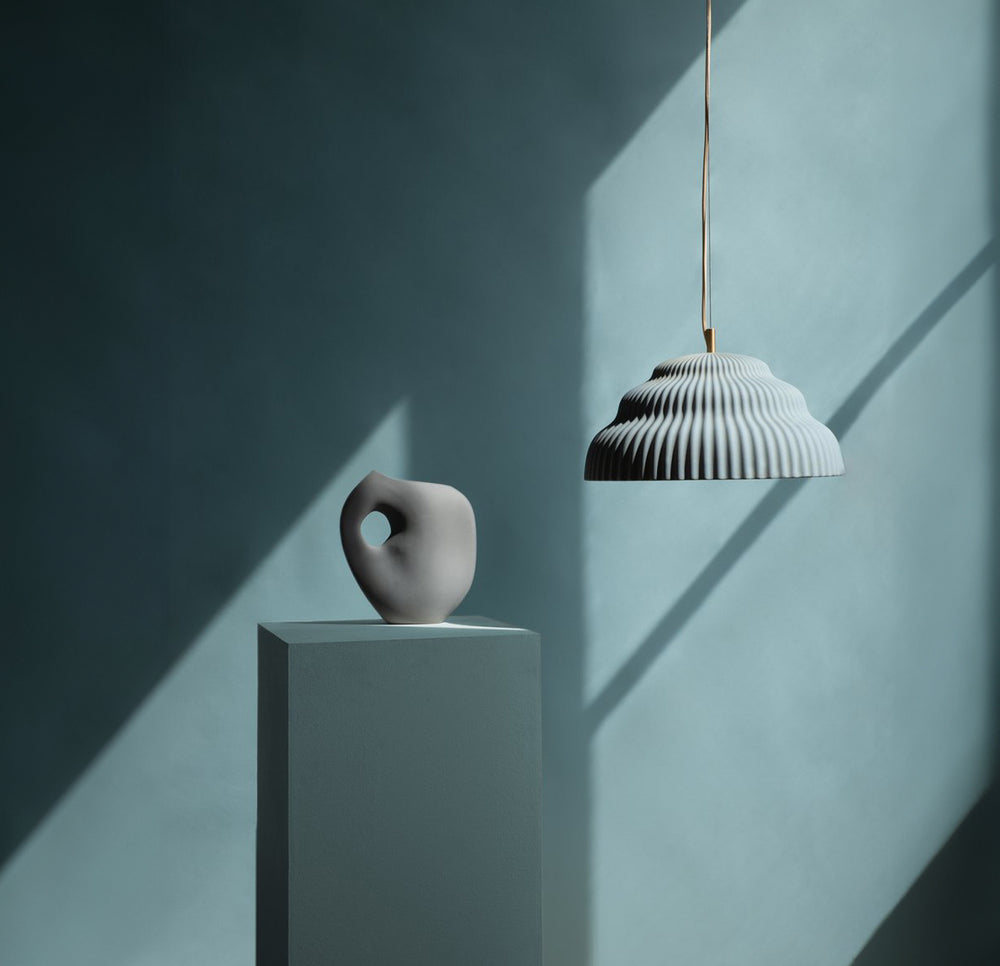How To: Designing Your Space with Ceiling Light Fixtures
January is lighting month at CASSON, and we want to teach you what you need to know to brighten up the darkest month of the year.

"Design is defined by light and shade, appropriate lighting is enormously important"
IN THIS POST
Introduction to the "Rules" of Ceiling Lighting
But.. what if I want to break the rules?
Lighting for Kitchens
Sizing Kitchen Pendant
How many lights should I have?
Single Island Fixtures
Ceiling Lights
Spacing out fixtures
Spacing Small Pendants
Spacing Larger Pendants
Pendants for Dining
Ceiling Lighting for Ambient Lighting
What size should my pendant be?
What height should I install my ceiling light?
Introduction to the "Rules" of Lighting
Our second article in our lighting feature focuses on best design practices for hanging ceiling lights room-by-room, one of the most important features in making a space feel right.
Whether you want ambient vibes, or a single task light, a ceiling light hung at the wrong height or a pendant task lamp the wrong size will give you a headache - sometimes literally.
Read on for best practices for picking and installing a pendant fixture.
What if I want to break the rules?
What follows are just guidelines - some which still have designers arguing over blueprints. You can always take then or leave them
However, as any good modern artist will tell you, the best way to break the rules is the learn them first. The next best way is to follow your heart - and eyes - to find the right fixtures and objects that work for you.
If you are "breaking the rules" make sure whatever you do it looks intentional - which is to say, don't make anything slightly off centre. Don't go slightly too large, but instead make an oversized statement. Commit to asymmetry, oversized or eclectic. Your designs will thank you.
If you are "breaking the rules" make sure whatever you do it looks intentional - which is to say, don't make anything slightly off. Commit to asymmetry, oversized or eccentric.
Light Fixtures for Kitchens
Pendants are the go to for lighting kitchen workspaces and with good reason. They provide essential task lighting and can make a huge impact on style. Choosing the right light fixture is a magic formula of style, budget, balance and of course - size. While you should always trust your heart (and eye!) when it comes to design, below are some straightforward equations you can try to get the ideal dimensions of your pendants.


How to size your kitchen pendants:
To determine the optimal total width of your fixtures, measure the width of your island and subtract 12 inches. So, if you have a 3-foot by 5-foot island, you’ll subtract 12 from 36 inches, giving you a 24-inch total maximum, or two 12 inch fixtures.
Another guideline is to measure the length and pick a fixture with no more 25% diameter of that length. So for the five-foot island, this would be 15 inches diameter per fixture.
As you can see, these equations give you slightly different sizes, which is why design is an art, not a science.
How many light fixtures should I have?
The general guideline is to use two pendant lights for islands under 6 feet in length and three for islands above 6 feet.
The size of your pendants will, of course, also need to be taken into account. For instance, above a 6-foot island, you could hang three pendants that are little (10 inches or less), whereas the same area should only hold two pendants that are larger (15 to 18 inches).
Sizing Single Fixtures
Single fixtures should be no larger than two-thirds the length of your island. Classic rules dictate for a centre hung, linear (longer than it is wide) fixture, but a round pendant on the end of an island can look phenomenal.
Ceiling Lighting for Kitchens
Consider small pendants - almost as a replacement for track lighting. They can add more style and attract less dust.
Because you are not lighting for "tasks," look for shorter, smaller lighting fixtures. Use a wide shade, or diffuse lighting, to cast light over the space.
The kitchen is a room where you spend most of the time standing, lights that are not over a work surface should be at a minimum of seven-feet off the ground, but can actually go much closer to the ceiling.
Try heights of seven and half or eight feet. For rules on spacing the lights, see below.

Spacing out fixtures
There are some guidelines for the even spacing of fixtures, such as over a counter or down a hallway. Regardless of fixture size, the minimum distance you should leave between pendants is 18 inches. Keeping that space will stop the area from feeling cluttered, while still providing adequate light.
SMALLER (under 18") PENDANT SPACING:

Smaller pendants (see above)
For pendants under 18 inches diameter, maintain an 18-inch minimum separation. So, even a nine-inch pendant would be spaced eighteen-inches from it's neighbour.
Larger Pendants (see below)
For larger pendants (bigger than 18 inches in diameter) the space between each pendant should be equal to the diameter of the fixture. So, two 24 inch pendants would need a minimum 24-inches between them.
LARGER (18"+) PENDANTS SPACING:

Additionally, you should always leave a gap at either end of the island that is at least half the diameter of the pendants. If the fixtures are narrower than ten inches, leave twelve-inch space.
Pendants for Dining
Pendants are lovely when used to light a dining room, providing drama and lighting your guests. The pendant light should always be centred over the table, not to the centre of the room. While this can make redecorating a bit of a drag, reinstalling a pendant lamp to match your new seating arrangement is only a small job for an electrician. It's worth doing it right.
What size should my pendant be?
A good rule of thumb is your pendant should be one-half to two-thirds the size of your table. So if you have a 60 inch round table, look for a 30 inch to 40 inch fixture.
Ceiling Lighting for Ambient Lighting
Living and sitting rooms can be elevated by a hanging chandelier or pendant, which provides illumination and drama for lounging and entertaining. Whether you want a multibulb-statement piece, a dramatic chandelier, or a simple diffuse pendant, there are some guidelines to consider.
What size should my pendant be?
When it comes to selecting the perfect pendant light for a room, size is a crucial factor to consider. Not only do you want the pendant to complement the overall aesthetic of the space, but you also want it to provide adequate lighting. Here are a few tips to help you choose the ideal size for your pendant light.
First, measure the width and length of the room in feet and add these numbers together. This total, converted to inches, will give you a good starting point for the pendant width. For example, if your room is 10 feet wide and 15 feet long, the total is 25 feet, which would suggest that a pendant with a diameter of around 25 inches.





